Imagine that instead of going to school 7 hours a day, 5 days a week, 9 months a year, you went to work 14 hours a day, 6 days a week, 12 months a year.

In the late 1800s, some reformers grew concerned about the negative impact that working under such conditions had on working-class and poor children. Those children did not go to school, and they did not have much time to play. Reformers brought the issue of how children were exploited to the government’s attention. They also rolled up their sleeves and made change happen.
In 1889, Jane Addams and Ellen Gates Starr opened one of the first settlement houses in the United States. They found and fixed up a house in a poor, immigrant neighborhood in Chicago. Addams and Starr called their settlement house Hull-House. College-educated individuals like them made a commitment to live and work in the house and in the community to improve the daily lives of those who lived around them. They took a particular interest in children. They believed children should have fresh air, time to play, and safe places to play—not dark alleys or busy city streets. Toward that goal, they helped create city parks and playgrounds.
Addams, Starr, and others who lived at Hull-House believed children should have the opportunity to grow up healthy and to go to school. They offered courses on how to prepare healthful meals and provided childcare. They also ran after-school and summer-school programs for children of immigrant families and working mothers. They helped the mothers who came to Hull–House to find jobs that paid a fair wage, so that the young children in their families would not have to work.
هذه القصة مأخوذة من طبعة July/August 2017 من Cobblestone American History Magazine for Kids.
ابدأ النسخة التجريبية المجانية من Magzter GOLD لمدة 7 أيام للوصول إلى آلاف القصص المتميزة المنسقة وأكثر من 9,000 مجلة وصحيفة.
بالفعل مشترك ? تسجيل الدخول
هذه القصة مأخوذة من طبعة July/August 2017 من Cobblestone American History Magazine for Kids.
ابدأ النسخة التجريبية المجانية من Magzter GOLD لمدة 7 أيام للوصول إلى آلاف القصص المتميزة المنسقة وأكثر من 9,000 مجلة وصحيفة.
بالفعل مشترك? تسجيل الدخول
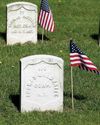
Putting the Pieces Together
Americans needed to begin to put the past behind them, come together, and plan for the future in the spring of 1865. But Abraham Lincoln, the man best equipped to lead them and who had hoped to restore the country as smoothly and peacefully as possible, had been assassinated.
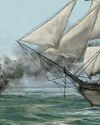
LAST SHOTS
The last Confederate forces in the Civil War didn’t surrender in the spring of 1865 or on a battlefield.
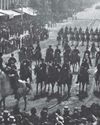
AND IN OTHER 1865 NEWS
A group of African Americans stop at the White House’s annual public reception on January 1, where they shake hands with President Abraham Lincoln.
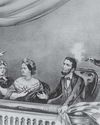
A Plot to Kill President the
For several months, actor John Wilkes Booth’s band of conspirators had plotted to capture President Abraham Lincoln and hold him hostage in exchange for Confederate prisoners.
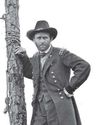
Let the Thing Be Pressed
In June 1864, Union Lieutenant General Ulysses S. Grant began a nearly 10-month campaign in Virginia.
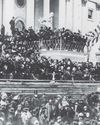
HEALING THE NATION
President Abraham Lincoln took the oath of office for the second time on March 4, 1865.

A Helping Hand
The spring season is hard in any agricultural society. Plants and animals are too small to eat.
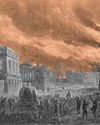
WAR SHERMAN-STYLE
As far as Union Major General William T. Sherman was concerned, the Civil War had gone on long enough.
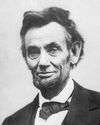
PEACE TALKS
The fall of Fort Fisher made clear that the Confederacy’s days were numbered. Southerners were tired and hungry.
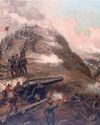
FORT FISHER'S FALL
Outnumbered Confederate soldiers inside Fort Fisher were unable to withstand the approach of Union troops by land and the constant Union naval bombardment from the sea.